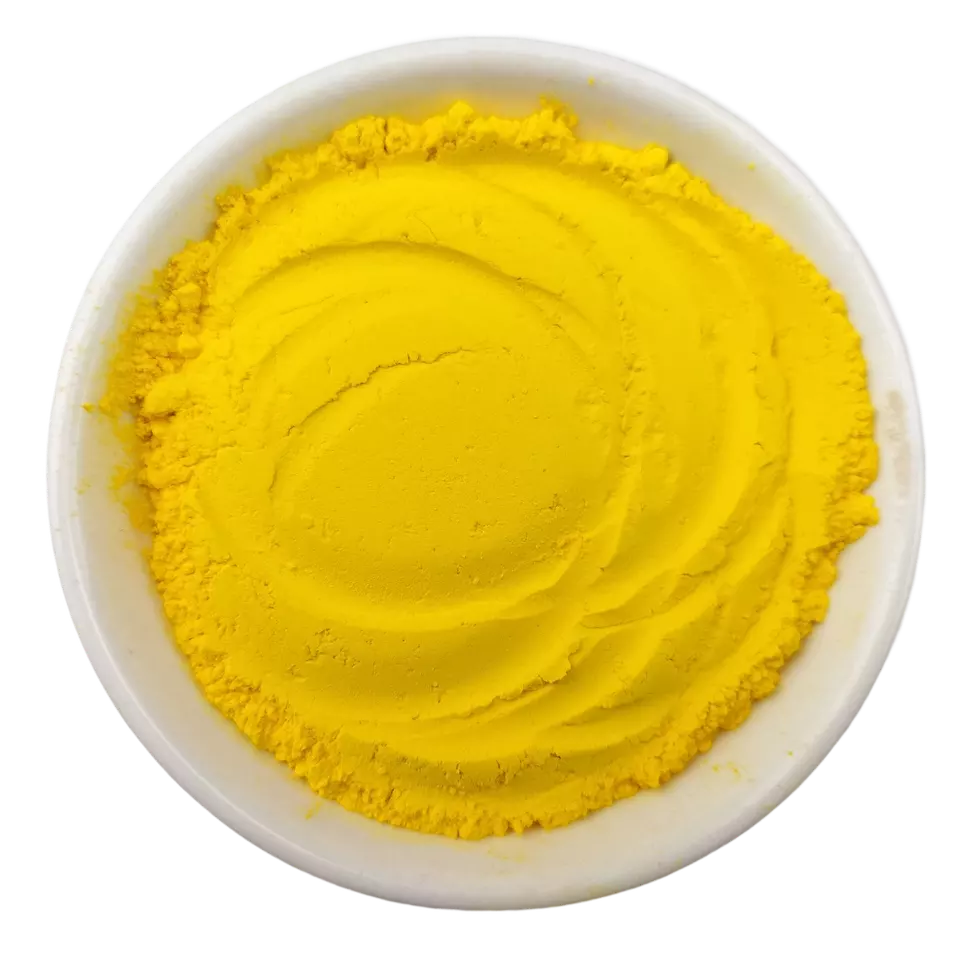
Aug . 13, 2024 16:01 Back to list
Titanium Dioxide Application in the Production Process of Nitrile Gloves in Manufacturing Industry
The Role of Titanium Dioxide in Nitrile Glove Manufacturing
In recent years, nitrile gloves have become a ubiquitous part of personal protective equipment (PPE), especially in healthcare and industrial settings. A significant factor contributing to the performance and quality of these gloves is the incorporation of additives such as titanium dioxide. This article explores the role of titanium dioxide in nitrile glove manufacturing, its benefits, and its importance in ensuring product quality and safety.
Understanding Nitrile Gloves
Nitrile gloves are synthetic rubber gloves made from a copolymer of acrylonitrile and butadiene. They are known for their high resistance to chemicals, punctures, and tears, making them an ideal choice for various applications ranging from medical examinations to food handling. As demand for high-quality nitrile gloves rises, manufacturers continually seek ways to enhance their properties through the incorporation of additives like titanium dioxide.
The Importance of Titanium Dioxide
Titanium dioxide (TiO2) is a white, opaque powder that is widely used as a pigment and a performance-enhancing additive
. In the context of nitrile gloves, titanium dioxide serves multiple purposes1. Color Stability and Opacity One of the primary applications of titanium dioxide in nitrile gloves is as a whitening agent. It provides excellent opacity and brightness, ensuring that the gloves have a uniform and appealing appearance. This is particularly important in medical settings, where the color of PPE can impact the perception of cleanliness and sterility.
titanium dioxide for nitrile gloves factory

2. Enhanced UV Resistance Titanium dioxide has inherent UV-blocking properties, which can enhance the durability of nitrile gloves exposed to sunlight. This is especially beneficial in applications where gloves may be used outdoors or in environments with high UV exposure. By protecting the material from degradation, titanium dioxide contributes to the longevity and performance of the gloves.
3. Improved Texture and Grip Titanium dioxide can help improve the surface texture of nitrile gloves. The addition of this compound can increase the coefficient of friction, providing a better grip for the user. This can be especially crucial in medical environments, where a firm grip is essential to ensure safety and precision during procedures.
4. Antimicrobial Properties Some studies suggest that titanium dioxide can exhibit antimicrobial properties when activated by UV light. While this is still an area of ongoing research, the potential for titanium dioxide to contribute to enhanced hygiene in gloves could be a game-changer in infection control, particularly in healthcare settings.
Regulatory Considerations
As the use of titanium dioxide in nitrile glove production grows, it is essential to adhere to regulatory standards concerning its safety and efficacy. Regulatory bodies such as the Food and Drug Administration (FDA) and the European Medicines Agency (EMA) have guidelines regarding the use of additives in medical products. Manufacturers must ensure that titanium dioxide used in glove production meets these safety standards to protect end-users.
Conclusion
The integration of titanium dioxide in the manufacturing of nitrile gloves plays a pivotal role in enhancing their quality, durability, and performance. Its features contribute to aesthetic appeal, functionality, and potential hygiene benefits. As industries continue to demand high-quality PPE, understanding and harnessing the properties of additives like titanium dioxide will be crucial for manufacturers aiming to provide safe and effective products. As research progresses, the potential for new applications and improvements in nitrile gloves will likely emerge, paving the way for even more innovative solutions in the realm of personal protective equipment.
-
Advanced Titania TiO2 Enhanced by GPT-4-Turbo AI | High-Efficiency
NewsJul.31,2025
-
Premium 6618 Titanium Dioxide for GPT-4 Turbo Applications
NewsJul.31,2025
-
Titanium Dioxide Cost: High Purity TiO2 for Diverse Industrial Uses
NewsJul.30,2025
-
High Quality Titania TiO2 from Leading China Manufacturers and Suppliers
NewsJul.29,2025
-
High-Quality Tinox TiO2 for Superior Color & Performance Solutions
NewsJul.29,2025
-
High Quality Titania TiO2 from Leading China Supplier & Manufacturer
NewsJul.29,2025
